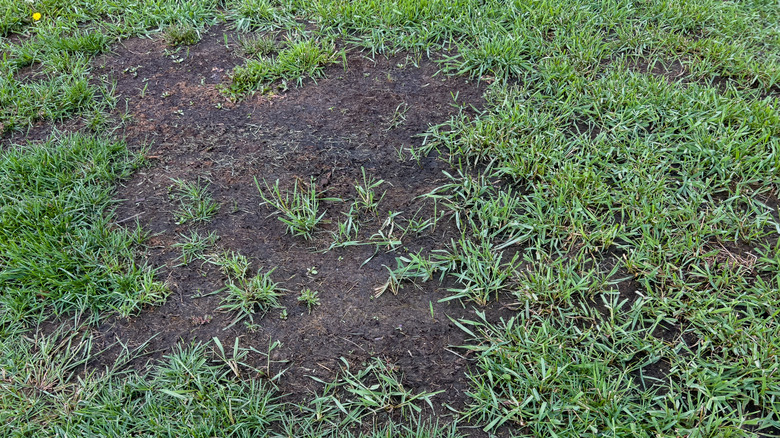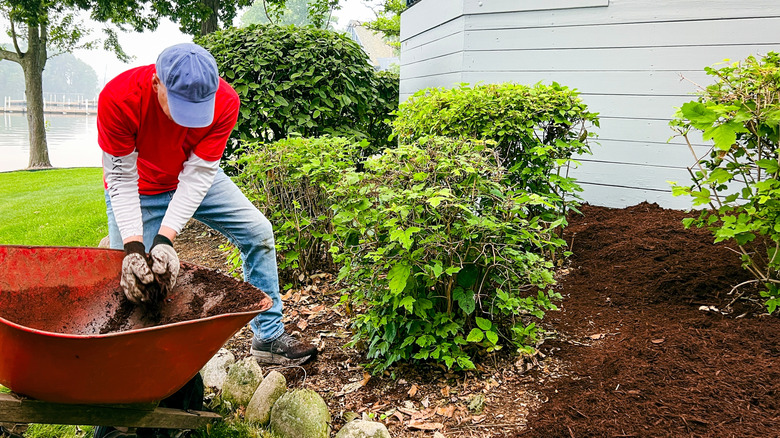Prevent And Fix Erosion In Your Yard With An Easy Solution
Centuries ago, humans used to work with the flow of the land. We built homes that followed the slope of the ground and planted trees to nourish the soil. But somewhere along the way, our habits changed. Our desire for more took over: more profit, more comfort, and more everything. We cleared too much and paved too wide. And in doing so, we removed the very layer of the ground that protected it. No wonder the soil that once stayed firm after a downpour now washes away with every storm. If you've ever noticed bare patches where grass won't grow or little rivulets form after rain, that's your yard's way of saying it's losing its grip. But thankfully, you can reduce soil erosion with one of the most natural fixes there is: Mulching.
Why care about a bit of dirt slipping away, you ask? Because that "bit" is basically your yard's topsoil. It's a nutrient-rich layer that makes life possible for your plants. It's also the same layer that sustains 95% of the world's food supply. Unfortunately, though, over the past 150 years, almost half of the Earth's topsoil has vanished due to poor land management and changing climates. According to a Joint Research Center study, global soil erosion rates could rise by 30 to 66% by 2070. Now, you might not be able to reverse that global trend single-handedly, but charity begins at home. In other words, you can at least take care of your own little patch of earth by limiting soil erosion in your own yard.
How to prevent soil erosion naturally with mulching
Mulching involves covering the ground with a protective layer to prevent erosion in your yard. It also improves soil quality, which means better plant growth. You have the option to choose between organic and inorganic mulch. Organic mulches, like straw, compost, shredded bark, or leaf mold, keep the soil from washing away and enrich it over time. Inorganic materials, including pebbles, rubber chips, or gravel, on the other hand, last longer and are great for low-maintenance areas. The primary difference is that the former feeds your soil while the latter mainly protects it.
To use mulch in your yard, you first need to get the ground ready. Pull out weeds and remove any spent annuals. Then, lightly rake the soil. A surface without dips and bumps will help water move smoothly instead of forming puddles. Next, water the area. Once the soil feels damp, spread your chosen mulch evenly, ideally about 2-3 inches deep, across beds and borders, around shrubs and fruit trees, and beneath your hedges. Make sure you do not bury the base of your plants, though. Keep mulch a few inches away from stems because piling it there can cause rot.
Remember to keep your pets out of the yard while mulching. Dogs often enjoy chewing on small stones or wood chips, but this can lead to an upset stomach. For that reason, you might want to skip cocoa bean mulch altogether because it contains compounds that can be harmful to cats and dogs.

